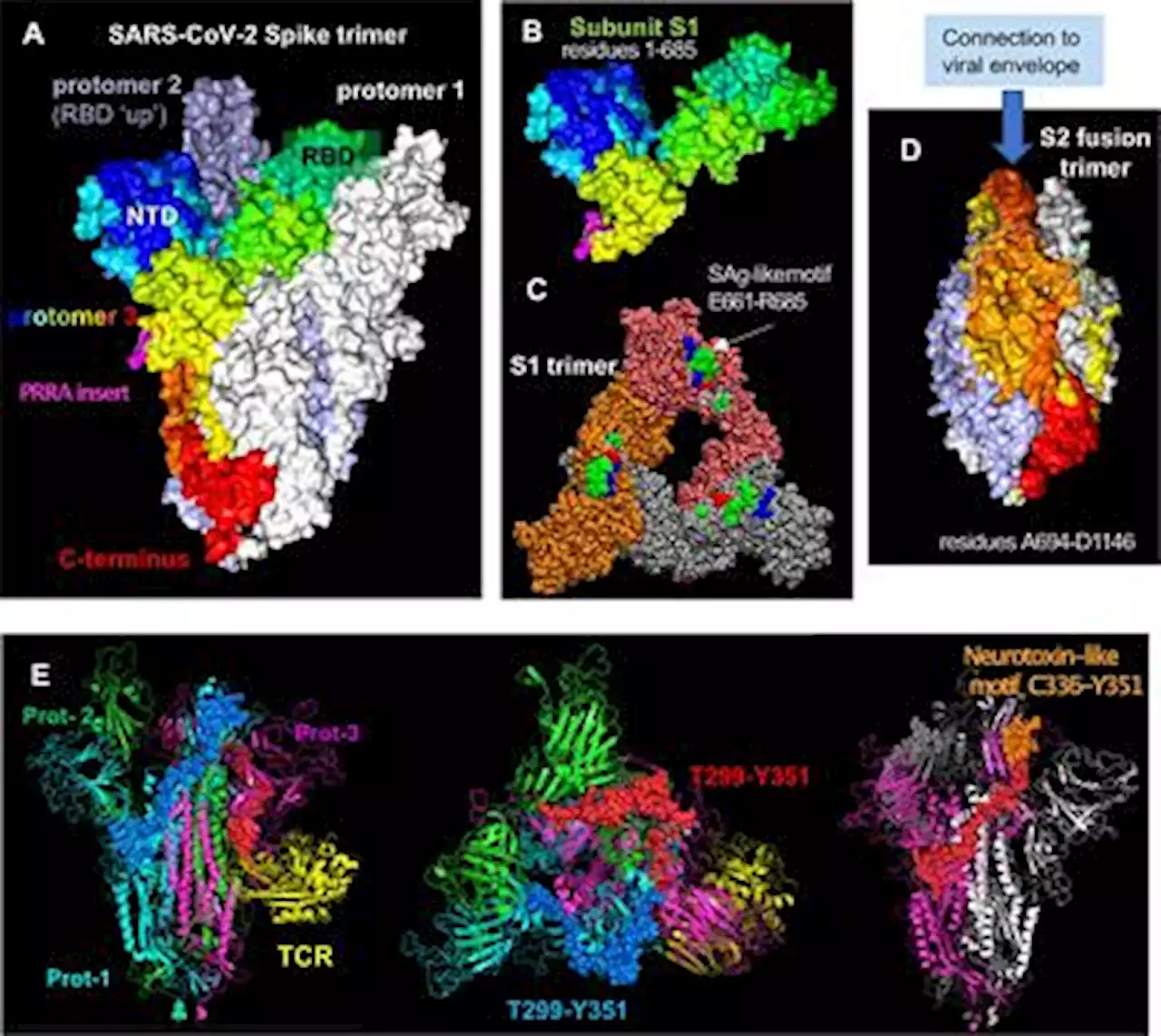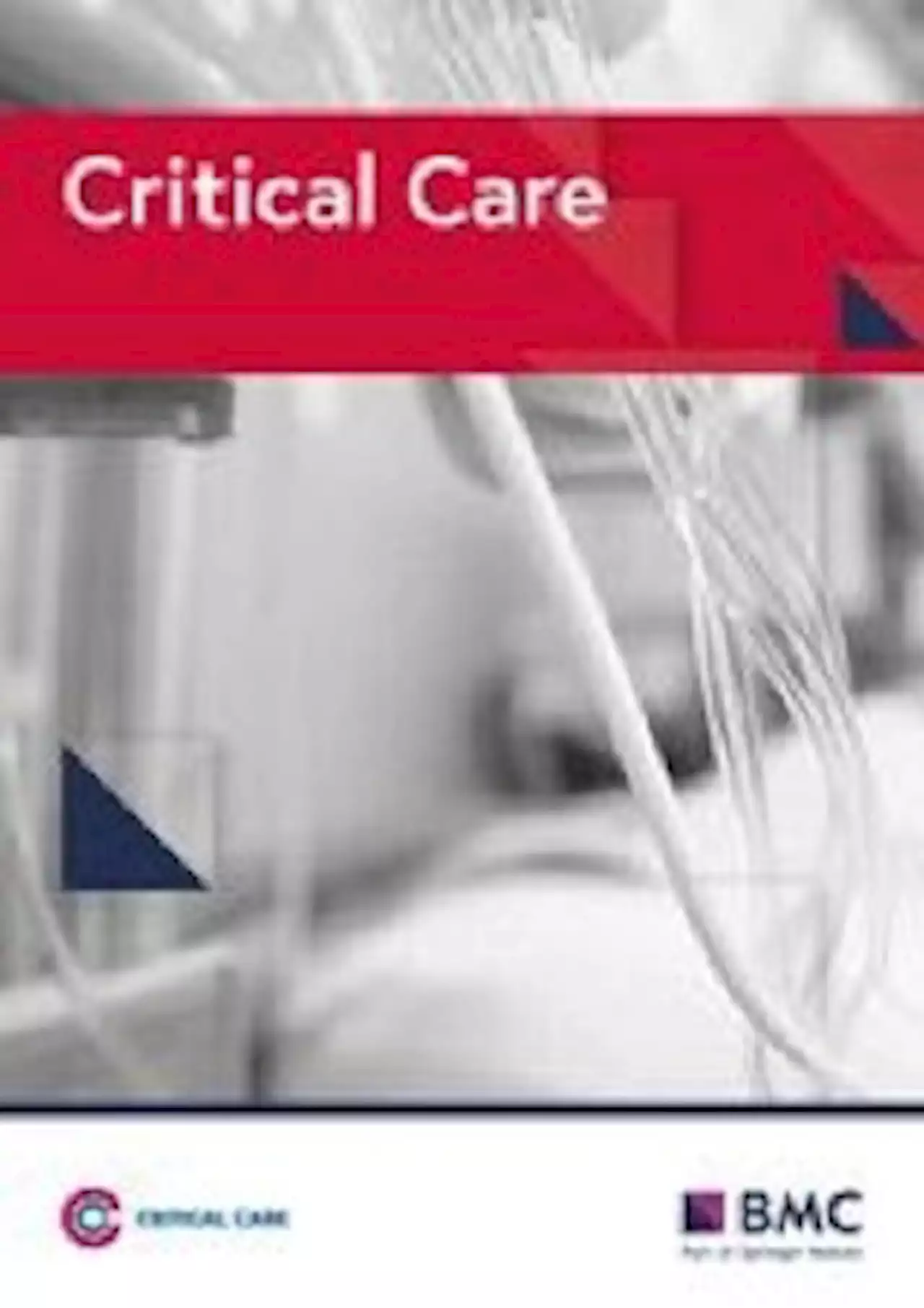Consumption of ultra-processed foods increases risk of COVID-19 Coronavirus Disease COVID19 Diet Food Healthcare ImmuneSystem Microbiome Nutrition ultraprocessed food lunduniversity TJMU_China
By Dr. Priyom Bose, Ph.D.Aug 21 2022Reviewed by Benedette Cuffari, M.Sc. The rapid transmission of the severe acute respiratory syndrome coronavirus 2 , the causal agent of the coronavirus disease 2019 pandemic, has immensely affected the global healthcare sector and economy. Additionally, the incidence of long COVID, which involves the persistence of symptoms for more than three months, has significantly affected millions of individuals.
Nutrition is the key source of energy and is considered to be a major determinant of human health. A balanced diet is associated with maintaining a healthy gut microbiome, which is an important factor that regulates the immune system. Typically, UPFs contain high levels of saturated fats, sugars, trans fats, and salt. Additionally, these products contain a low amount of protein, dietary fiber, vitamins, and minerals.
Scientists have noted a scarcity of evidence related to the relationship between UPF consumption and the risk of COVID-19. Considering this gap in research, a recent European Journal of Nutrition study explored the association between UPF consumption and the risk of SARS-CoV-2 infection. For the 24 hours dietary assessment, the online dietary questionnaire was recalled a minimum of two times and a maximum of five times. The current study measured the association between UPF consumption, as indicated by the percent daily gram intake, and SARS-CoV-2 infection using a multivariable logistic regression that was adjusted for potential confounders.
Some of the mechanisms that link UPF intake and increased risk of COVID-19 include enhanced levels of sugars and trans-fat, which stimulates pro-inflammatory effects. This condition could adversely affect the synthesis and function of immune cells.
United Kingdom Latest News, United Kingdom Headlines
Similar News:You can also read news stories similar to this one that we have collected from other news sources.
 Frontiers | Multisystem Inflammatory Syndrome in Children and Long COVID: The SARS-CoV-2 Viral Superantigen HypothesisMultisystem inflammatory syndrome in children (MIS-C) is a febrile pediatric inflammatory disease that may develop weeks after initial SARS-CoV-2 infection or exposure. MIS-C involves systemic hyperinflammation and multiorgan involvement, including severe cardiovascular, gastrointestinal (GI) and neurological symptoms. Some clinical attributes of MIS-C—such as persistent fever, rashes, conjunctivitis and oral mucosa changes (red fissured lips and strawberry tongue)—overlap with features of Kawasaki disease (KD). In addition, MIS-C shares striking clinical similarities with toxic shock syndrome (TSS), which is triggered by bacterial superantigens (SAgs). The remarkable similarities between MIS-C and TSS prompted a search for SAg-like structures in the SARS-CoV-2 virus and the discovery of a unique SAg-like motif highly similar to a Staphylococcal enterotoxin B (SEB) fragment in the SARS-CoV-2 spike 1 (S1) glycoprotein. Computational studies suggest that the SAg-like motif has a high affinity for binding T-cell receptors (TCRs) and MHC Class II proteins. Immunosequencing of peripheral blood samples from MIS-C patients revealed a profound expansion of TCR β variable gene 11-2 (TRBV11-2), which correlates with MIS-C severity and serum cytokine levels, consistent with a SAg-triggered immune response. Computational sequence analysis of SARS-CoV-2 spike further identified conserved neurotoxin-like motifs which may alter neuronal cell function and contribute to neurological symptoms in COVID-19 and MIS-C patients. Additionally, autoantibodies are detected during MIS-C, which may indicate development of post-SARS-CoV-2 autoreactive and autoimmune responses. Finally, prolonged persistence of SARS-CoV-2 RNA in the gut, increased gut permeability and elevated levels circulating of S1 have been observed in children with MIS-C. Accordingly, we hypothesize that continuous and prolonged exposure to the viral SAg-like and neurotoxin-like motifs in SARS-CoV-2 spike may promote autoim
Frontiers | Multisystem Inflammatory Syndrome in Children and Long COVID: The SARS-CoV-2 Viral Superantigen HypothesisMultisystem inflammatory syndrome in children (MIS-C) is a febrile pediatric inflammatory disease that may develop weeks after initial SARS-CoV-2 infection or exposure. MIS-C involves systemic hyperinflammation and multiorgan involvement, including severe cardiovascular, gastrointestinal (GI) and neurological symptoms. Some clinical attributes of MIS-C—such as persistent fever, rashes, conjunctivitis and oral mucosa changes (red fissured lips and strawberry tongue)—overlap with features of Kawasaki disease (KD). In addition, MIS-C shares striking clinical similarities with toxic shock syndrome (TSS), which is triggered by bacterial superantigens (SAgs). The remarkable similarities between MIS-C and TSS prompted a search for SAg-like structures in the SARS-CoV-2 virus and the discovery of a unique SAg-like motif highly similar to a Staphylococcal enterotoxin B (SEB) fragment in the SARS-CoV-2 spike 1 (S1) glycoprotein. Computational studies suggest that the SAg-like motif has a high affinity for binding T-cell receptors (TCRs) and MHC Class II proteins. Immunosequencing of peripheral blood samples from MIS-C patients revealed a profound expansion of TCR β variable gene 11-2 (TRBV11-2), which correlates with MIS-C severity and serum cytokine levels, consistent with a SAg-triggered immune response. Computational sequence analysis of SARS-CoV-2 spike further identified conserved neurotoxin-like motifs which may alter neuronal cell function and contribute to neurological symptoms in COVID-19 and MIS-C patients. Additionally, autoantibodies are detected during MIS-C, which may indicate development of post-SARS-CoV-2 autoreactive and autoimmune responses. Finally, prolonged persistence of SARS-CoV-2 RNA in the gut, increased gut permeability and elevated levels circulating of S1 have been observed in children with MIS-C. Accordingly, we hypothesize that continuous and prolonged exposure to the viral SAg-like and neurotoxin-like motifs in SARS-CoV-2 spike may promote autoim
Read more »
 Smoking and the risk of contracting SARS-CoV-2 and COVID-19Smoking and the risk of contracting SARS-CoV-2 and COVID-19 Coronavirus Disease COVID Tobacco Smoking LancetRespirMed UCSF RoswellPark Stanford Yale USC VUMChealth uofl
Smoking and the risk of contracting SARS-CoV-2 and COVID-19Smoking and the risk of contracting SARS-CoV-2 and COVID-19 Coronavirus Disease COVID Tobacco Smoking LancetRespirMed UCSF RoswellPark Stanford Yale USC VUMChealth uofl
Read more »
 Millisle: Thousands of people attend Ards Peninsula Kite FestivalThousands of people have attended a kite flying festival on the Ards Peninsula ⛅️ ANDborough
Millisle: Thousands of people attend Ards Peninsula Kite FestivalThousands of people have attended a kite flying festival on the Ards Peninsula ⛅️ ANDborough
Read more »
 Smoking and the risk of contracting SARS-CoV-2 and COVID-19Smoking and the risk of contracting SARS-CoV-2 and COVID-19 Coronavirus Disease COVID Tobacco Smoking LancetRespirMed UCSF RoswellPark Stanford Yale USC VUMChealth uofl
Smoking and the risk of contracting SARS-CoV-2 and COVID-19Smoking and the risk of contracting SARS-CoV-2 and COVID-19 Coronavirus Disease COVID Tobacco Smoking LancetRespirMed UCSF RoswellPark Stanford Yale USC VUMChealth uofl
Read more »
 Co-infection and ICU-acquired infection in COVID-19 ICU patients: a secondary analysis of the UNITE-COVID data set - Critical CareBackground The COVID-19 pandemic presented major challenges for critical care facilities worldwide. Infections which develop alongside or subsequent to viral pneumonitis are a challenge under sporadic and pandemic conditions; however, data have suggested that patterns of these differ between COVID-19 and other viral pneumonitides. This secondary analysis aimed to explore patterns of co-infection and intensive care unit-acquired infections (ICU-AI) and the relationship to use of corticosteroids in a large, international cohort of critically ill COVID-19 patients. Methods This is a multicenter, international, observational study, including adult patients with PCR-confirmed COVID-19 diagnosis admitted to ICUs at the peak of wave one of COVID-19 (February 15th to May 15th, 2020). Data collected included investigator-assessed co-infection at ICU admission, infection acquired in ICU, infection with multi-drug resistant organisms (MDRO) and antibiotic use. Frequencies were compared by Pearson’s Chi-squared and continuous variables by Mann–Whitney U test. Propensity score matching for variables associated with ICU-acquired infection was undertaken using R library MatchIT using the “full” matching method. Results Data were available from 4994 patients. Bacterial co-infection at admission was detected in 716 patients (14%), whilst 85% of patients received antibiotics at that stage. ICU-AI developed in 2715 (54%). The most common ICU-AI was bacterial pneumonia (44% of infections), whilst 9% of patients developed fungal pneumonia; 25% of infections involved MDRO. Patients developing infections in ICU had greater antimicrobial exposure than those without such infections. Incident density (ICU-AI per 1000 ICU days) was in considerable excess of reports from pre-pandemic surveillance. Corticosteroid use was heterogenous between ICUs. In univariate analysis, 58% of patients receiving corticosteroids and 43% of those not receiving steroids developed ICU-AI. Adjusting for potential c
Co-infection and ICU-acquired infection in COVID-19 ICU patients: a secondary analysis of the UNITE-COVID data set - Critical CareBackground The COVID-19 pandemic presented major challenges for critical care facilities worldwide. Infections which develop alongside or subsequent to viral pneumonitis are a challenge under sporadic and pandemic conditions; however, data have suggested that patterns of these differ between COVID-19 and other viral pneumonitides. This secondary analysis aimed to explore patterns of co-infection and intensive care unit-acquired infections (ICU-AI) and the relationship to use of corticosteroids in a large, international cohort of critically ill COVID-19 patients. Methods This is a multicenter, international, observational study, including adult patients with PCR-confirmed COVID-19 diagnosis admitted to ICUs at the peak of wave one of COVID-19 (February 15th to May 15th, 2020). Data collected included investigator-assessed co-infection at ICU admission, infection acquired in ICU, infection with multi-drug resistant organisms (MDRO) and antibiotic use. Frequencies were compared by Pearson’s Chi-squared and continuous variables by Mann–Whitney U test. Propensity score matching for variables associated with ICU-acquired infection was undertaken using R library MatchIT using the “full” matching method. Results Data were available from 4994 patients. Bacterial co-infection at admission was detected in 716 patients (14%), whilst 85% of patients received antibiotics at that stage. ICU-AI developed in 2715 (54%). The most common ICU-AI was bacterial pneumonia (44% of infections), whilst 9% of patients developed fungal pneumonia; 25% of infections involved MDRO. Patients developing infections in ICU had greater antimicrobial exposure than those without such infections. Incident density (ICU-AI per 1000 ICU days) was in considerable excess of reports from pre-pandemic surveillance. Corticosteroid use was heterogenous between ICUs. In univariate analysis, 58% of patients receiving corticosteroids and 43% of those not receiving steroids developed ICU-AI. Adjusting for potential c
Read more »
